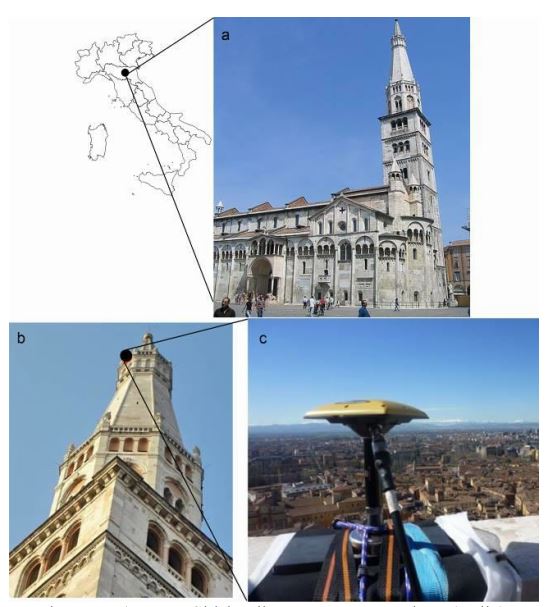High frequency GNSS systems for structural monitoring: critical issues and contributions of environmental aspects
Keywords:
high frequency GNSS, structural monitoring, UNESCO site of Modena, signal analysis, weather conditionsAbstract
This work is one of the few examples in Italy of monitoring structural health with high-frequency GNSS system applied to a civic
tower. The high-frequency survey allows to quantify the structural natural frequency and assess the health state of the same. The
Ghirlandina Tower in Modena, was chosen as case study for its significance and for the presence of a continuous monitoring systems
made of several sensors. An integrated monitoring system provides a multidisciplinary approach to the study of the structure and an
exhaustive interpretation of the interactions between different phenomena. The test highlighted problems in the application of high-
frequency GNSS technology: the magnitude of detected movements was not enough to significantly provide information about
structure health status and its responses to environmental stresses. The power spectrum is dominated by low frequencies phenomena,
only the shift in East-West direction showed a correlation with temperature variations.
Downloads

Downloads
Published
How to Cite
Issue
Section
License

This work is licensed under a Creative Commons Attribution-ShareAlike 4.0 International License.



